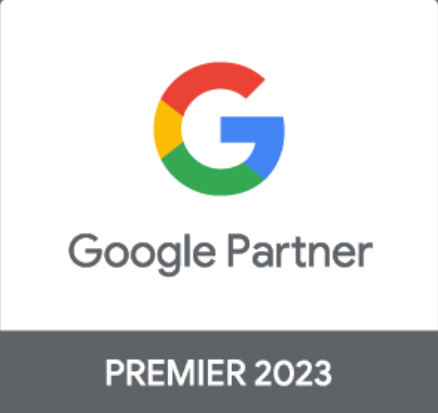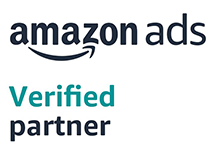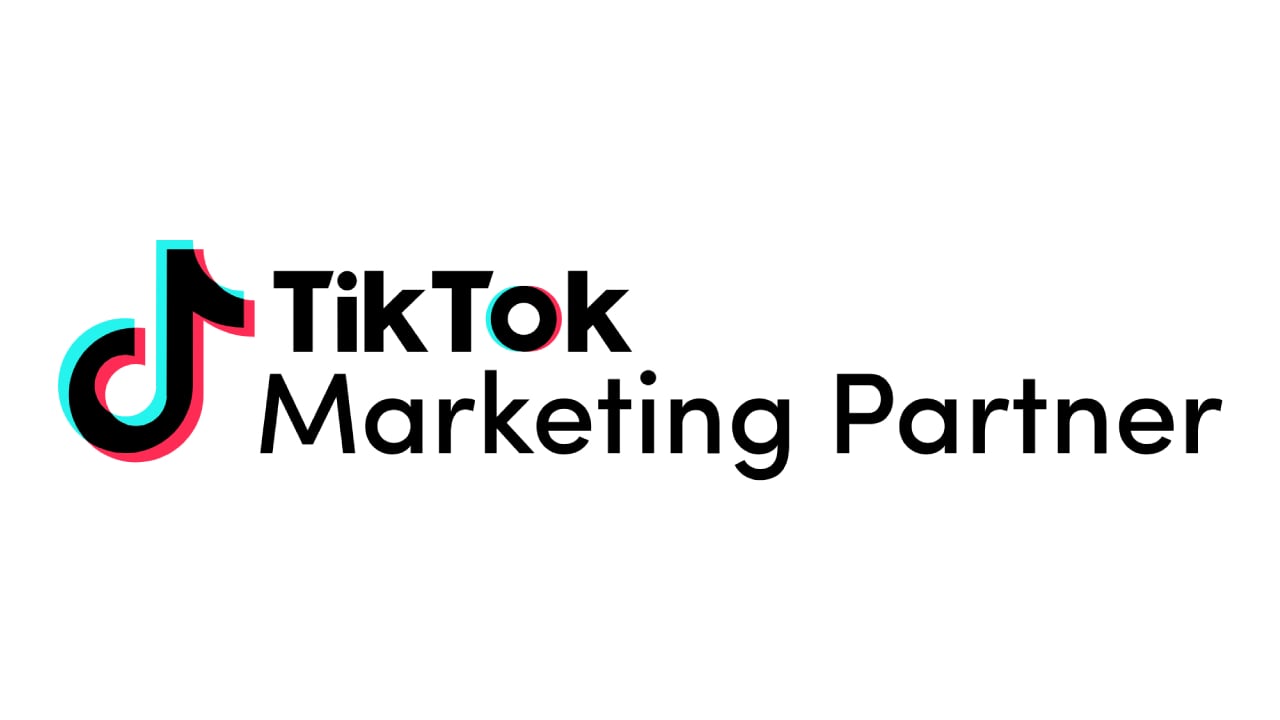What is festive-specific marketing?
A festive marketing strategy is a targeted marketing effort centered on festivals. India has a multitude of festivals, and these occasions have produced some of the most effective promotion campaigns in the country. Most companies employ festive marketing campaigns, because of their effectiveness and Festival significance in our country. Indians usually buy things during festivals such as Diwali, Dussehra, Eid, and Christmas. Research Methodology of Inmobi’s Decoding the Connected Indian Festive Shopper in 2021 report states, an Indian shopper is set out to spend an average of INR 21,230 on festive shopping this year which is a whopping 42% increase from last year.
Importance of festive marketing for eCommerce
Occasions are a fantastic time to share moments of pleasure and shop, which is why brands use festive advertisements to advertise their seasonal line of products.
- During the holiday season, consumers are purchasing more products and services than usual as a result of an increase in demand.
- Marketers can reach consumers who haven't tried or heard of your merchandise or services if demand is high.
- This rush in demand provides an opportunity for marketers to reach consumers who may be interested in your products or services for the first time.
- Consumers are driven by a feeling of urgency that is not generally present during the rest of the year. As a result, consumers are more likely to buy.
Although festive and occasion-based advertising has been a routine element of brands' seasonal advertising lately, it is only recently that brands have built communication around insights relevant for the season or time.
Top eCommerce festive marketing strategies to follow for maximum returns
1. Influence buyers with influencer marketing
Instagram is the birthplace of influencer marketing. In recent years, influencer marketing has really been on the rise. What was a $1.7 billion industry in 2016 has since grown to become a $9.7 billion industry in 2020. In just 2021, it grew to $13.8 billion and is projected to expand to $15 billion in 2022. It has become an important marketing tool because millennials and GenZs spend a lot of their free time scrolling through social media. Influencer marketing is a core offering that delivers genuine, creative and current content. Brand connect with influencers and allow them to use their creativity to promote their products in the most organic manner. The content created by influencers attracts the targeted audience and does the needful.
One good example of influencer marketing is that of a top woman's apparel players in India - Aurelia, part of the TCNS group. They have seen an almost 2x jump in their CTRs for campaigns associated with influencers like Alia Bhatt.
2. Build a buzz with festive-related hashtags
An effective way to increase your presence on social media is by including hashtags in your posts. Whether you want to get the word out or create a sensation, the right hashtags keep you popular. When you're creating your social marketing strategy, don't forget to include custom hashtags along with the current popular hashtags.
Posts with 11+ hashtags have the highest interactions with 79.5%.
Using the right hashtag, marketing campaigns can be a terrific brand awareness tool. You can spread the word about your product or service using user-generated content by selecting the right hashtag and encouraging people to use it.
Festive hashtags can promote your festive product or service and encouraging customers to post about it may generate social media attention, inspire engagement, or draw traffic. An ecommerce company can instruct its influencer to use the same hashtag to advertise their product.
Brands like Borosil, and Aurelia created their own hashtags for the festive season to generate more brand attention.
3. Create irresistible ads - make them want to watch
Tell engaging stories to delight your customers and stop their thumbs during this season's busiest shopping period. Even if you're offering the latest technology must-haves or the newest beauty products, make sure your brand isn't lost in all the holiday noise.
- Use carousel ads to tell them about your product and grab people's attention and share emotionally relevant messages with the audience.
- To raise attention, Incorporate video into your awareness campaigns to move hearts and capture wide-ranging creative messaging.
- Make sure your ads are suitable for mobile usage.
- The best impression and product performance can be achieved by using Festive overlays.
- Using high-quality visuals using bright, high-contrast colors are more likely to show relevant search queries and capture the attention of customers on high-resolution devices.
For example, Clothing brands ONLY used this vibrant festive reel to grab the attention on their festive products
4. Get creative with discounts and offers
Promotional sales play a vital role during the festive season. To encourage more sales during the holiday season, offer a discount and the reason is that Indian consumers are so accustomed to discounts that they often ignore the arithmetic behind them. This is the case because the customer usually wants to buy more in order to benefit from the discount. Offers like 'buy two and get one free,' 'buy one and get 50% off on the second item,' and 'shop for Rs 3999 and get Rs 500 off' bargains are hard to resist. If sellers offered a discount on every product, the consumer would only purchase one and be content. Combos, on the other hand, encourage the consumer to buy more in order to receive the discount.
Aurelia created a festive sale offering 60% off on its festive collection.
One of our brands, Indus valley, launched the Diwali Mega sale offering 70% on its products
5. Personalization and customization goes a long way
We all love receiving gifts during the festive season. The right gift just uplifts the whole vibe of the festivities. Ecommerce brands should personalize all their products available according to the festival. And present it in such a way that the consumer buys their products without any hesitation. A brand should identify which products that are most appropriate for the season and package it together as a combo.
For example, The Indus valley curated a festive special cookware combo
6. Email marketing never gets old
There are many advantages to using email to advertise holiday deals, and they have only grown stronger as a result of the pandemic. Because of the trends in consumer behavior that were accelerated by the pandemic, email is the optimal approach to advertise such sales. While all marketing channels have advantages, one particularly suitable for instant purchases is email.
One reason why email is ideal for instant purchases is that retailers can include 'Buy Now' CTA buttons that allow readers to go directly to their cart. Another advantage of using email to advertise is the ability to personalize. Unlike social media or advertising, it includes ample chances for personalization.
Festive-special best practices for eCommerce:
1. Contests and prizes to engage
Ecommerce brands can both acquire new clients and engage with existing ones through contests and giveaways, which increase brand awareness and business growth when utilized properly. Beyond the excitement around the festival itself, contests and giveaways are beneficial for acquiring consumer data such as email addresses and demographic information. They are also appealing to businesses because of their flexibility. You can invest as much or as little as you like on the prize itself and your promotion efforts. If they're executed properly, they can produce significant results.
2. Social media hygiene checklist
Marketing the right way on social media can bring greater results than expected. Social media is an inseparable part of a successful customer engagement strategy for eCommerce businesses. With an intelligent social media approach and the use of the right resources, you can effectively present your small business to social followers and increase your client base.
Here’s what you can do,
- Have a strong pulse on your target audience.
- Engage on social media platforms that are appropriate for your business.
- Maintain your social media brand identity
- Create engaging social media content.
- Be responsive to your audience queries on social media as that builds customer loyalty.
Final words
There’s no better time than now to capture the attention of new and existing shoppers, as we celebrate the season. Brands can help people find the shopping inspiration and purchases they need to celebrate the season and make it memorable by tapping into consumer trends and responding to consumer buying behavior.
With Adyogi's, digital advertising creative platform you can implement these festive strategies with ease and generate more revenue. We automate digital Ad creation to establish an automated prospecting, targeting, and retargeting approach that targets the client's merchandise and cross-promotes using cutting-edge technology, to boost sales. We've been able to increase client revenue by upscaling it 7x - 8x through Adyogi's performance-based solution.
Get in touch to see how we can help you grow your business online.





-1.png)






